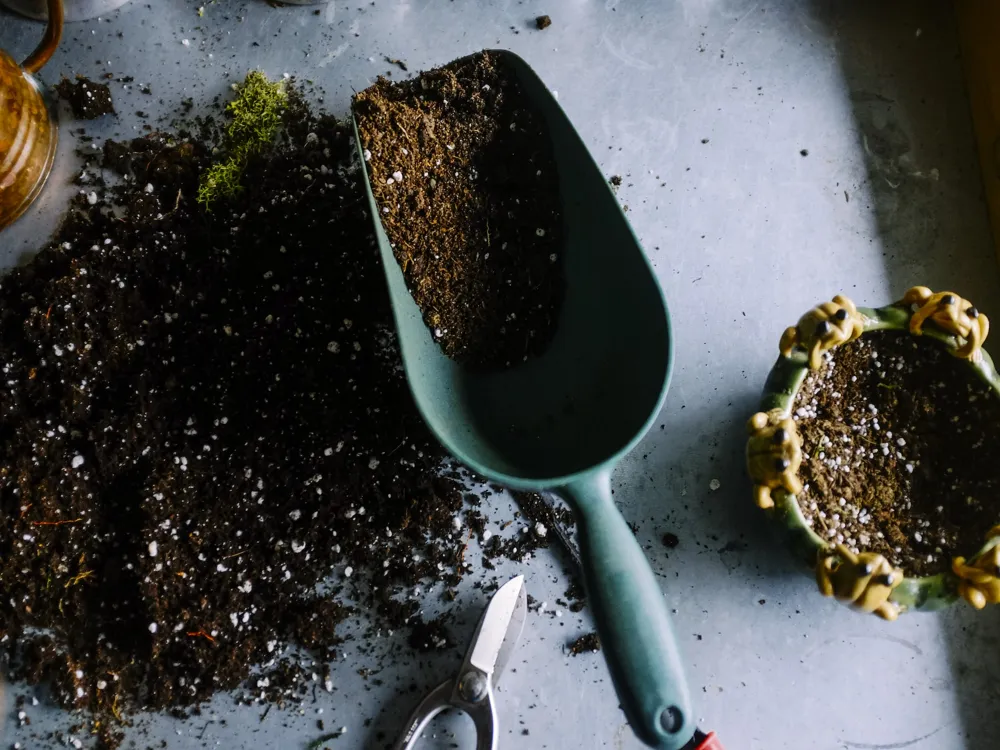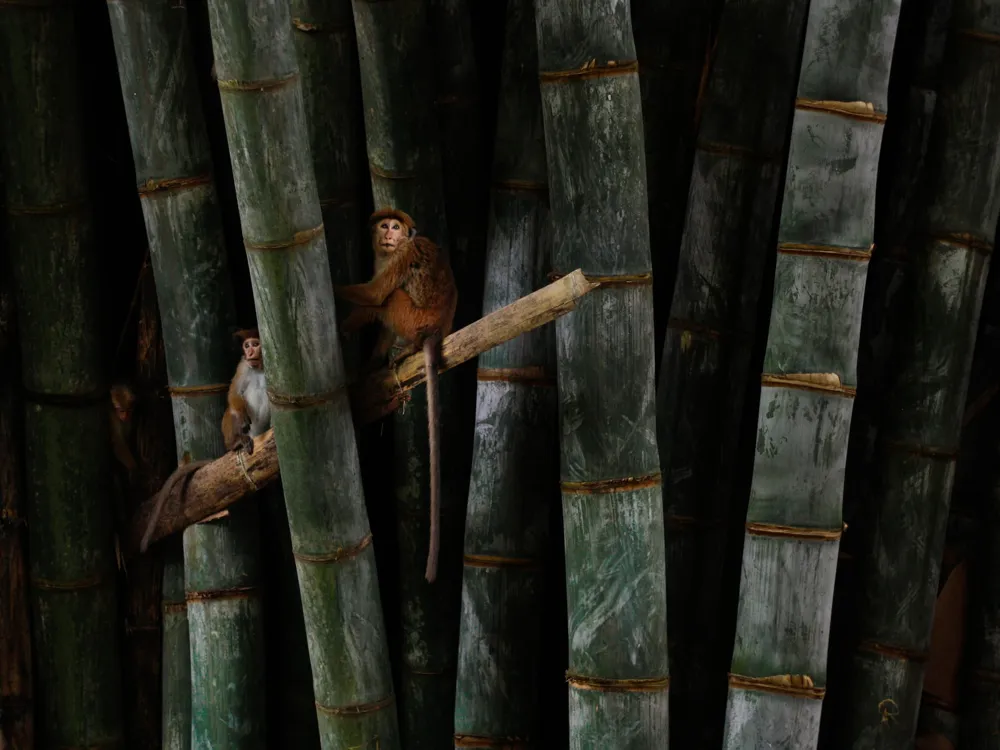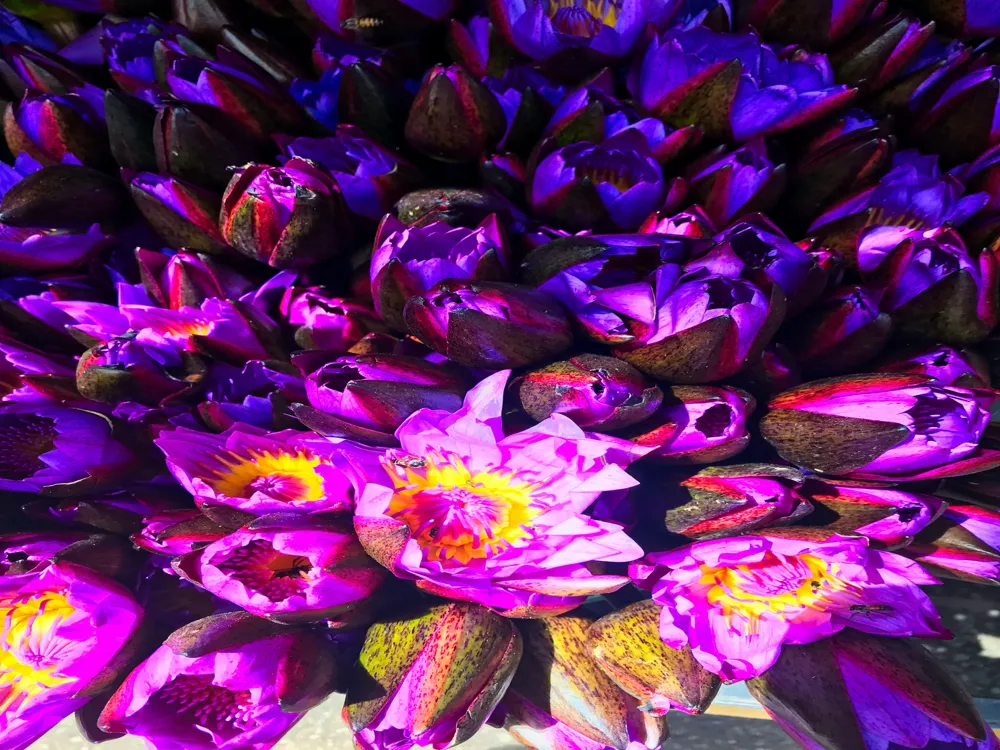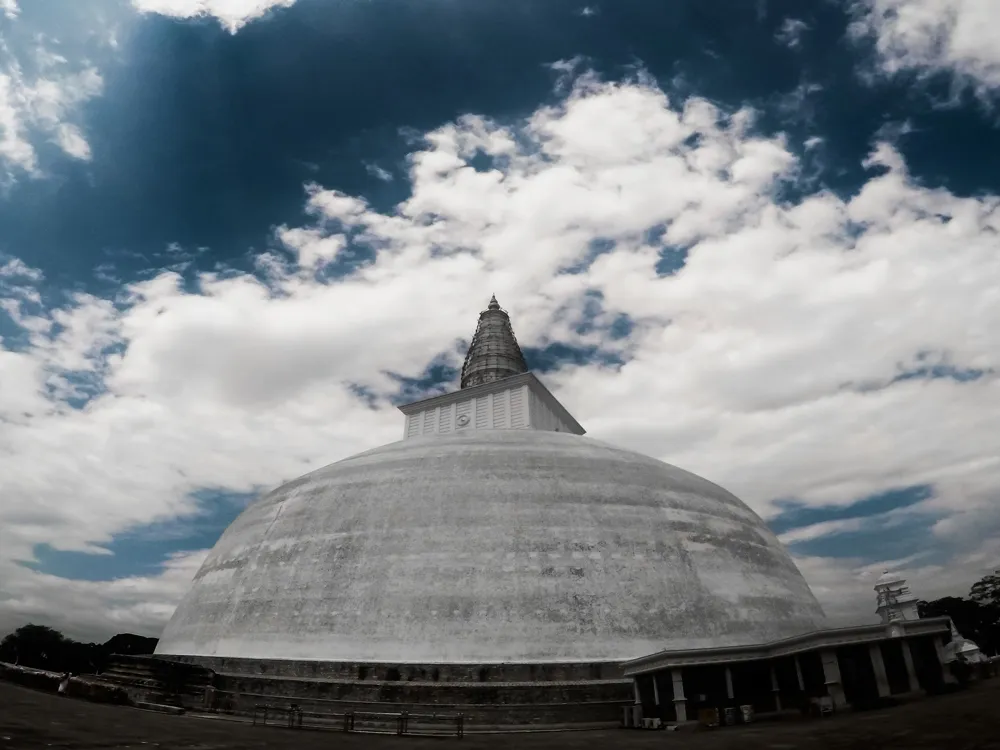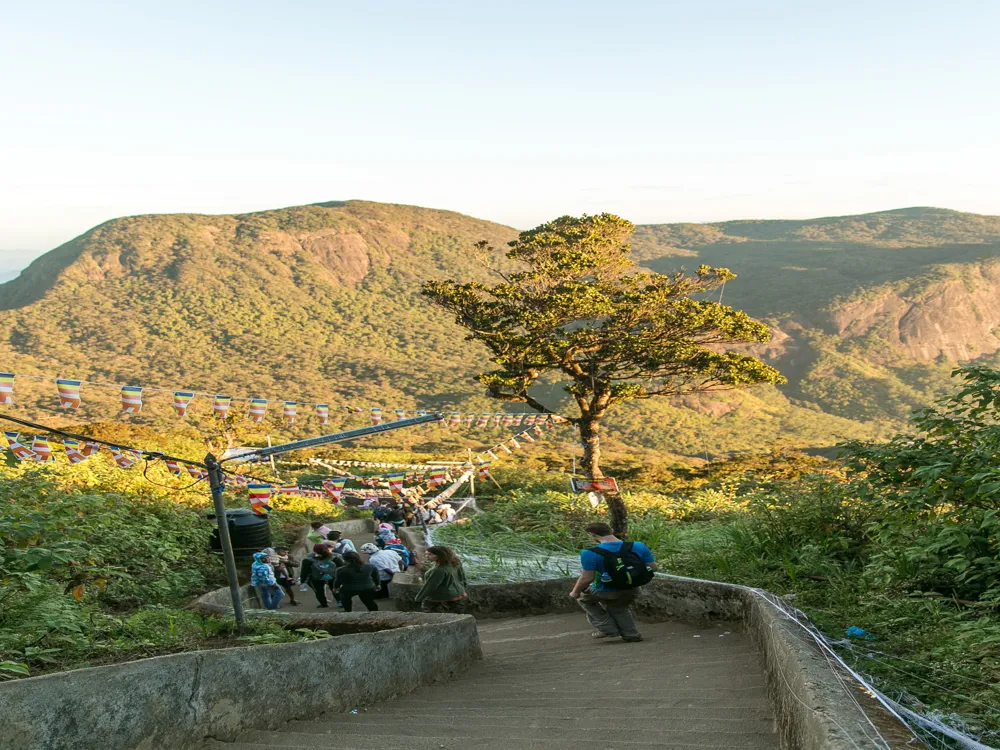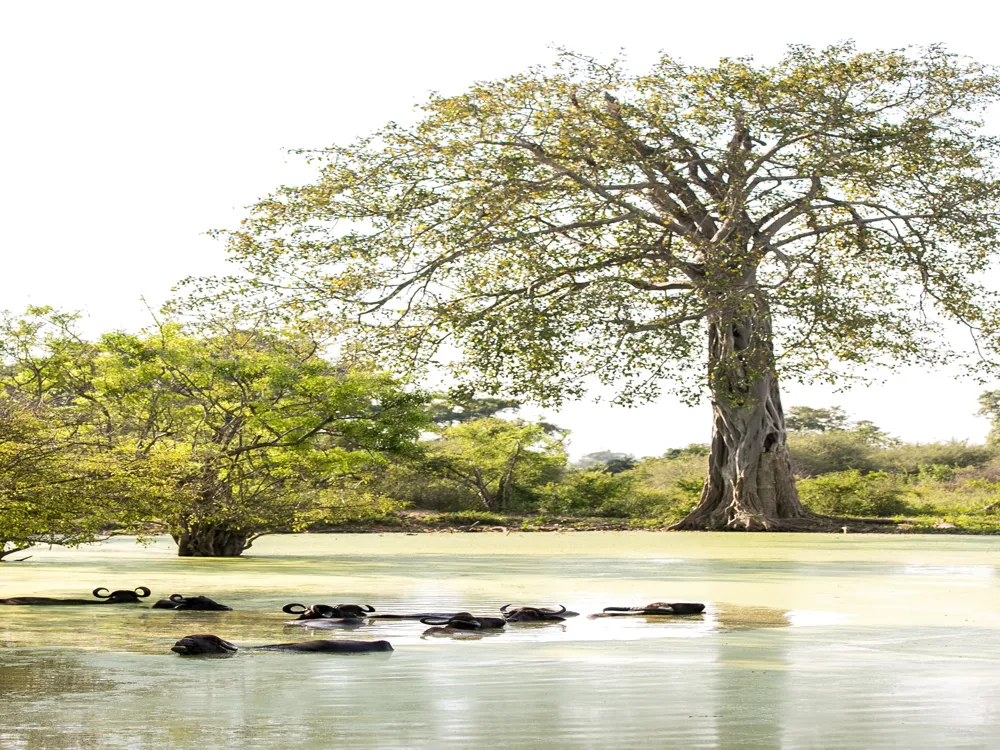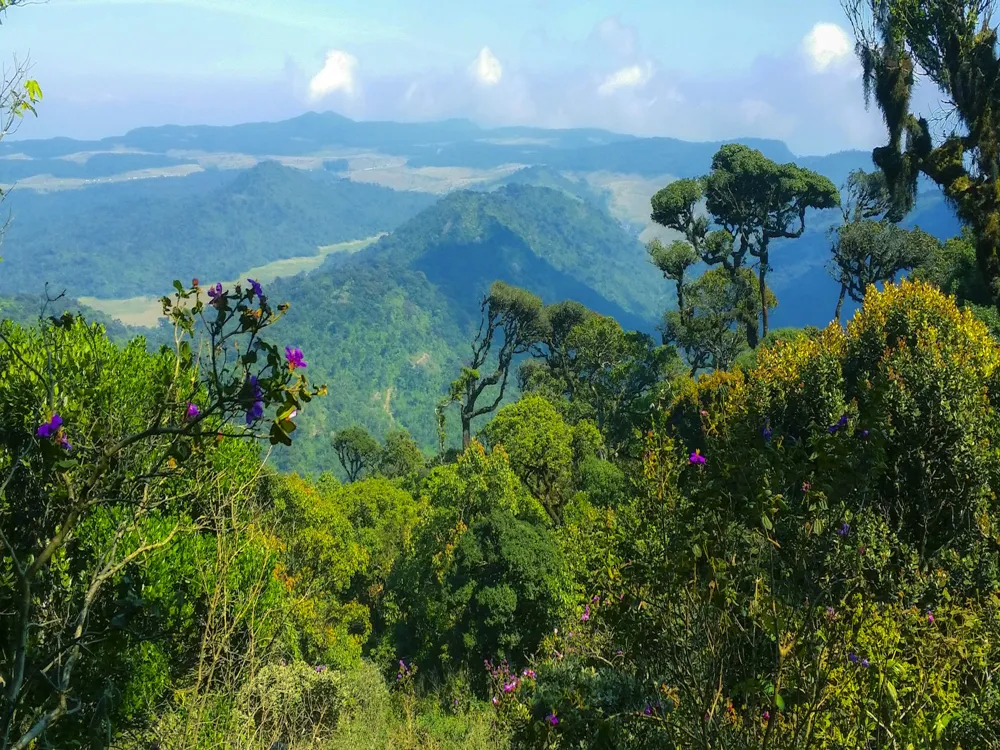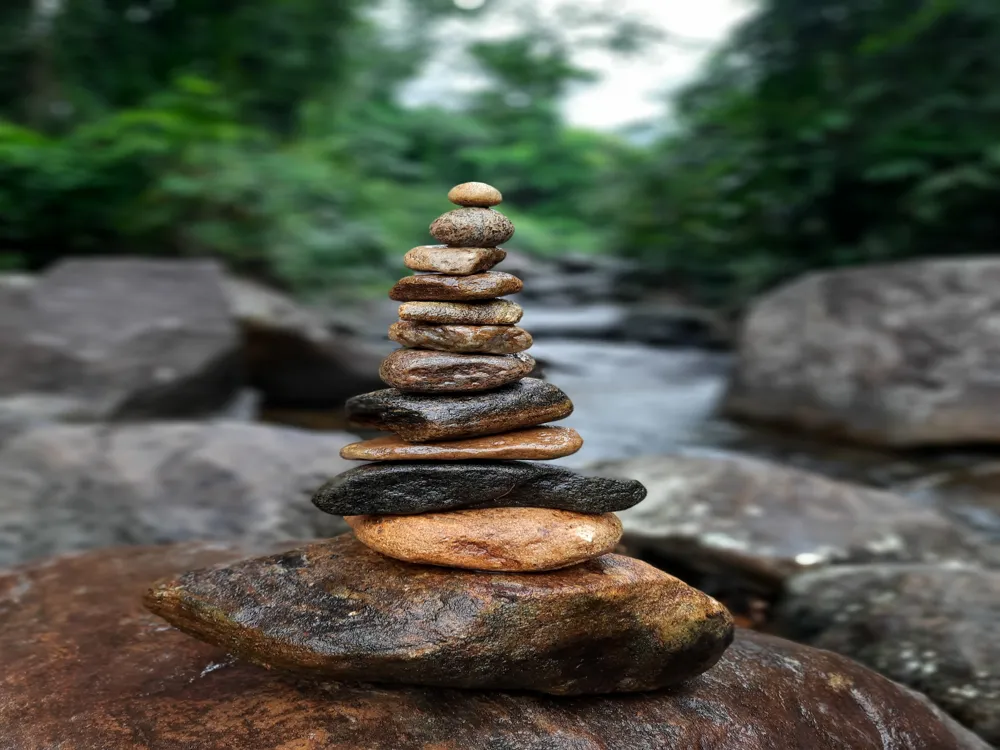Nestled in the heart of Sri Lanka, the Lucky Land Spice Garden in Kandy is a hidden gem for nature enthusiasts and culinary adventurers alike. This enchanting garden is not just a showcase of Sri Lanka's rich biodiversity, but also a testament to the country's deep-rooted spice heritage. Spanning across lush green landscapes, the Lucky Land Spice Garden is a paradise of aromatic herbs, medicinal plants, and a wide array of spices that have been the cornerstone of Sri Lankan cuisine and Ayurvedic medicine for centuries. The garden's history is as rich as its soil. Established several decades ago, it has evolved from a simple plantation to a renowned educational and tourist attraction. Visitors are greeted with the sweet fragrance of cinnamon, cardamom, and nutmeg, among other spices, which are grown organically in this fertile land. The garden not only contributes significantly to the local economy but also plays a crucial role in preserving the traditional knowledge and practices associated with spice cultivation in Sri Lanka. One of the unique aspects of the Lucky Land Spice Garden is its commitment to sustainable and eco-friendly practices. The garden utilizes organic farming methods, ensuring that the spices and herbs are free from harmful chemicals. This approach not only benefits the environment but also enhances the quality and flavor of the spices. Educational tours are offered, providing visitors with insights into the process of growing, harvesting, and processing spices. These tours are an immersive experience, allowing guests to engage their senses, particularly their sense of smell and taste, in a truly captivating way. The garden's layout is thoughtfully designed to take visitors on a journey through different sections, each dedicated to a specific group of plants. The herbal section, for instance, showcases plants used in traditional Ayurvedic medicine, while the spice section displays plants used in culinary practices. Each section not only educates visitors about the plants' uses and benefits but also allows them to experience the garden's biodiversity first-hand. Beyond its agricultural and educational significance, the Lucky Land Spice Garden is a sanctuary for wildlife. The garden's diverse ecosystem supports a variety of bird species, insects, and small mammals, making it a perfect spot for bird watching and nature photography. The harmonious coexistence of flora and fauna in the garden exemplifies the balance of nature and the importance of conservation efforts. In addition to the natural beauty and educational value, the Lucky Land Spice Garden also offers a range of spice-based products for sale. These products, ranging from essential oils to culinary spices, are all natural and provide a tangible connection to the garden's essence. Visitors can purchase these as souvenirs or gifts, taking a piece of the garden's magic back home with them. The Lucky Land Spice Garden of Kandy is more than just a tourist spot; it is a vibrant, living classroom and a beacon of Sri Lankan heritage. Its importance in educating visitors about the value of spices, both in cuisine and in traditional medicine, is immeasurable. As a bridge between the past and the present, the garden offers a unique and enriching experience that captivates the mind, body, and soul. The architecture of Lucky Land Spice Garden in Kandy is a harmonious blend of traditional Sri Lankan style and eco-friendly design. The garden's layout and structures are carefully crafted to complement the natural landscape, creating an environment that is both aesthetically pleasing and functional. The use of local materials, such as wood and stone, in construction not only adds to the garden's rustic charm but also reflects a deep respect for the environment. At the heart of the garden is the visitor center, designed to resemble a traditional Sri Lankan village house. This structure serves as a welcoming point for guests and houses a variety of informative displays about the history and uses of different spices. The design incorporates open-air spaces and large windows, allowing natural light and air to flow through, creating a refreshing and inviting atmosphere. The pathways winding through the garden are another architectural highlight. Made from locally sourced stones and surrounded by lush greenery, these paths guide visitors through the various sections of the garden. Each path is thoughtfully designed to provide an immersive experience, with strategically placed benches and gazebos offering spots for rest and contemplation amidst the beauty of nature. The garden's educational zones, where demonstrations and workshops are held, are constructed using eco-friendly materials and practices. These areas are equipped with traditional tools and equipment, giving visitors a glimpse into the authentic processes involved in spice production. The use of natural materials in these structures not only adds to the garden's aesthetic but also serves as a practical example of sustainable building practices. The integration of water elements in the garden's design is another noteworthy aspect. Small ponds and water features are scattered throughout the garden, creating a serene ambiance and supporting the growth of aquatic plants and the local wildlife. These water bodies are not just decorative; they play a crucial role in the garden's ecosystem, supporting biodiversity and aiding in irrigation. The use of traditional Sri Lankan motifs and designs in the garden's structures adds a cultural dimension to the architecture. These motifs, often inspired by local flora and fauna, are seen in carvings, wall paintings, and other decorative elements. This attention to detail reflects the garden's commitment to celebrating and preserving Sri Lankan culture and heritage. The architecture of Lucky Land Spice Garden is a testament to the balance between human ingenuity and nature's beauty. It showcases how traditional design elements can be seamlessly integrated with modern sustainability principles to create spaces that are both functional and enchanting. The garden's architecture not only enhances the visitor experience but also serves as an inspiration for sustainable and culturally sensitive design. The ideal time to visit Lucky Land Spice Garden is during the dry season, from January to April, when the weather is pleasant, and the plants are in full bloom. This period offers the best opportunity to see the garden in its full glory and to participate in outdoor activities comfortably. Visitors should bring comfortable walking shoes, a hat, sunscreen, and a camera. The garden is vast, and there's a lot to explore, so comfortable footwear is essential. Sun protection is also crucial due to the open areas. A camera is a must-have to capture the stunning scenery and vibrant plant life. Opting for a guided tour is highly recommended. The guides are knowledgeable about the various spices and their uses and can provide fascinating insights that you might miss if exploring alone. These tours also offer a more in-depth understanding of the garden's history and its significance in the local culture. Don't miss out on trying some local cuisine infused with fresh spices from the garden. The garden often offers culinary demonstrations and tastings, providing a unique opportunity to experience traditional Sri Lankan flavors. The garden's shop offers a variety of spices and herbal products. These make for great souvenirs or gifts. When shopping, feel free to ask questions about the uses and benefits of different spices, as the staff are usually very informative and helpful. Lucky Land Spice Garden is located in Kandy, Sri Lanka, and is easily accessible by various modes of transportation. For those traveling by car, the garden is a short drive from Kandy city center and is well-signposted. Visitors can also use public transport, such as buses and tuk-tuks, which are readily available in Kandy. For a more scenic route, consider taking the train to Kandy and then a short taxi or tuk-tuk ride to the garden. This journey offers stunning views of the Sri Lankan countryside and is an experience in itself. Read MoreOverview of Lucky Land Spice Garden of Kandy
Architecture of Lucky Land Spice Garden
Tips When Visiting Lucky Land Spice Garden
Best Time to Visit
What to Bring
Guided Tours
Local Cuisine
Shopping for Spices
How To Reach Lucky Land Spice Garden
Lucky Land Spice Garden
Kandy
₹ 13,368 onwards
View kandy Packages
Kandy Travel Packages
View All Packages For Kandy
Top Hotel Collections for Kandy

Private Pool

Luxury Hotels

5-Star Hotels

Pet Friendly
Top Hotels Near Kandy
Other Top Ranking Places In Kandy
View All Places To Visit In kandy
View kandy Packages
Kandy Travel Packages
View All Packages For Kandy
Top Hotel Collections for Kandy

Private Pool

Luxury Hotels

5-Star Hotels

Pet Friendly







